Transforming the Buyer’s Experience: Virtual Staging in New Construction
As builders and real estate agents look for ways to maximize the buyer experience, virtual staging in new construction homes is quickly becoming a must-have.
Virtual staging allows buyers to visualize what a space could look like with furniture, artwork, and other decor that they may not be able to see in an empty home.
This blog post will discuss how virtual staging can help transform the buyer experience when looking for a new home. So keep reading to learn more!
The Impact of Virtual Staging on New Construction Sales
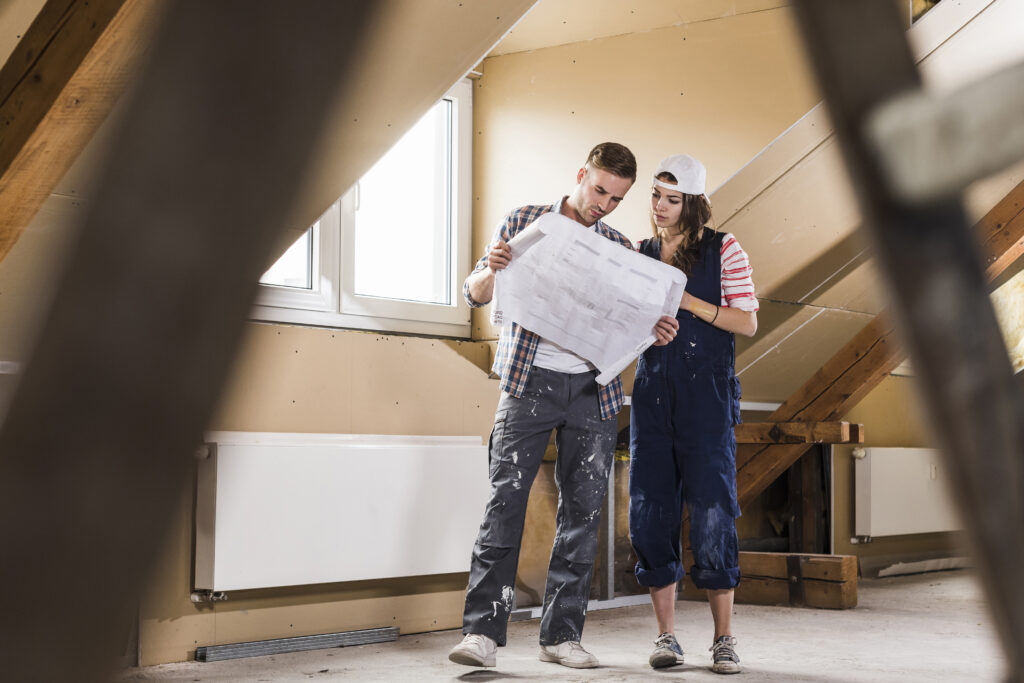
When it comes to selling new construction homes, the process can be challenging.
Buyers struggle to visualize what a home will look like once it’s fully furnished, leading to a lack of interest in the property. This is where virtual staging comes in to transform the buyer’s experience.
Virtual staging involves using computer-generated furniture and décor to create a lifelike representation of a home. By providing buyers with a clear picture of what the space can look like, virtual staging helps them to better imagine themselves living in the property.
The benefits of virtual staging on new construction sales cannot be overstated. According to studies, staged homes tend to sell for higher prices and spend less time on the market. With virtual staging, you can give buyers a glimpse of the finished product, without the cost and hassle of traditional staging methods.
Virtual staging is also ideal for showcasing new construction homes, as it allows for flexibility and customization. Builders can showcase different layout options and design features, while buyers can visualize their own personal style in the space.
Overall, virtual staging is a powerful tool for selling new construction homes. It allows for greater engagement from buyers as well as provides a cost-effective and efficient alternative to traditional staging methods. By incorporating virtual staging into your marketing strategy, you can transform the buyer’s experience and drive sales for your new construction properties.
Understanding the Basics of Virtual Staging
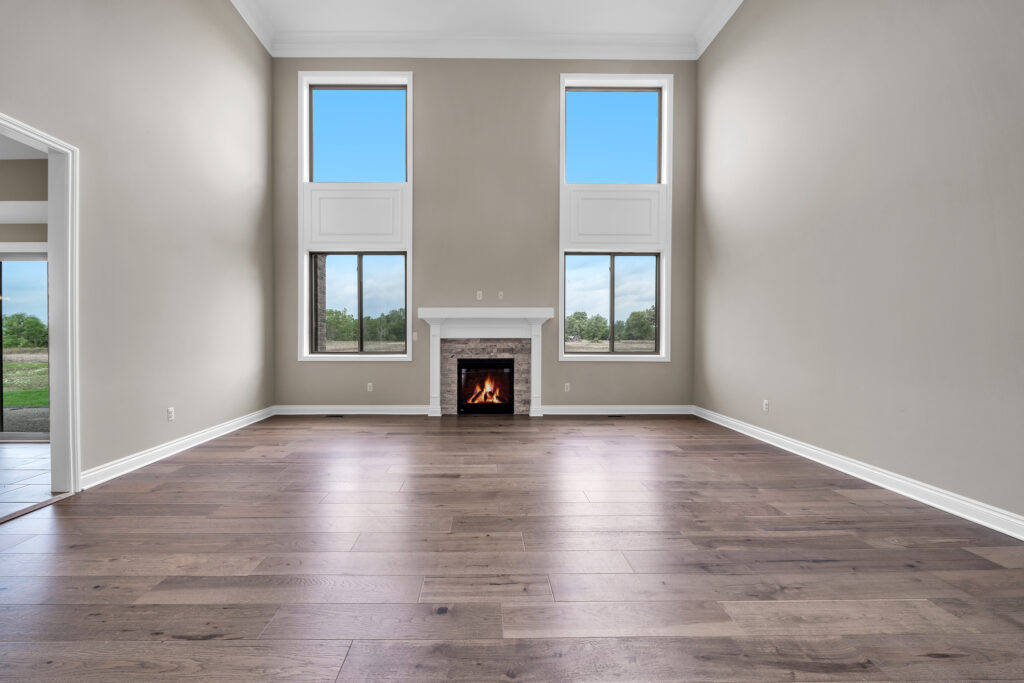
Virtual staging is a process of using software technology to create high-quality images of furniture and décor to stage a property.
These images are then inserted into photographs of an empty or unfurnished space, creating an attractive and visually appealing space that prospective buyers can view and imagine themselves in.
It is quickly becoming a popular marketing tool in the real estate industry. In today’s competitive market, buyers expect to be able to envision themselves in a potential new home before buying it. By using virtual staging technology, sellers and builders can present a more engaging and aspirational property to potential buyers.
Virtual staging technology has come a long way in recent years, and now provides a range of design options to match any buyer’s preference. From traditional furnishings to contemporary accents, virtual staging can create the desired atmosphere for any space.
Understanding the basics of virtual staging technology is also an important step for real estate agents and builders alike. While the technology can be easy to use, it is important to work with a professional who can create the best possible virtual staging solution for the specific property.
The process begins by taking high-quality photos of the empty space or construction project, then working with a virtual staging expert to design a realistic and attractive representation of the finished product. Once completed, the virtual staging images are ready to be inserted into the marketing materials used to showcase the property.
It offers a powerful marketing tool for new construction properties. By creating an immersive and engaging environment for buyers, virtual staging can help real estate agents and builders better connect with potential buyers, increasing sales and driving profitability.
Advantages of Using Virtual Staging in New Construction
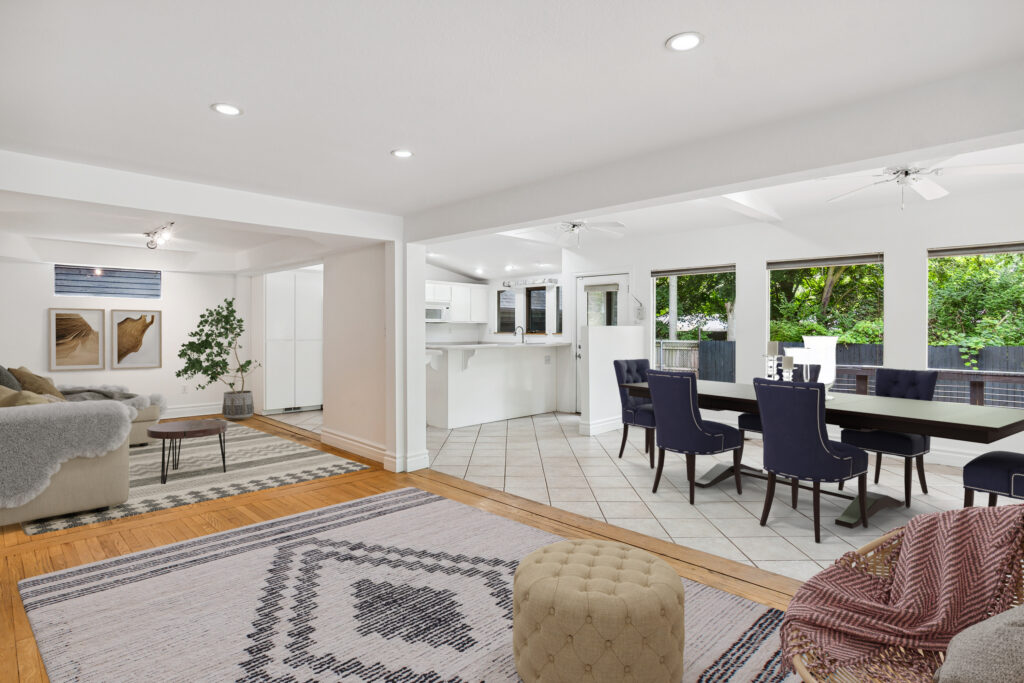
Virtual staging has become increasingly popular in the real estate industry, especially when it comes to new construction homes. The benefits of using virtual staging are vast, including increased sales, reduced costs, and improved buyer experiences.
Let’s explore the advantages of virtual staging in new construction in more detail:
- Visualize the Finished Product. Virtual staging helps buyers visualize what a home will look like once it is complete. This helps them better understand the space and what it will feel like to live in the home.
- Reduced Costs. Traditional staging can be expensive, especially for new construction homes. Virtual staging is a cost-effective alternative that allows builders to showcase their homes without the expense of hiring a professional stager.
- Flexibility. Virtual staging allows builders to show off the home in various ways. It allows buyers to see how the space can be used for different purposes. It also allows for changes to be made easily if a buyer requests specific modifications.
- Quick Turnaround. Virtual staging can be completed quickly, allowing builders to showcase their homes more efficiently. It also provides flexibility when working with tight deadlines.
- Better Buyer Experience. Virtual staging helps to create an emotional connection between the buyer and the home. It makes the buying experience more engaging and helps buyers envision their future life in the space.
Overall, virtual staging is an excellent tool for showcasing new construction homes. It provides numerous benefits, from reduced costs to increased sales. As the real estate industry continues to evolve, virtual staging is a tool that will only become more critical in creating an unforgettable buyer experience.
Overcoming Potential Challenges with Virtual Staging
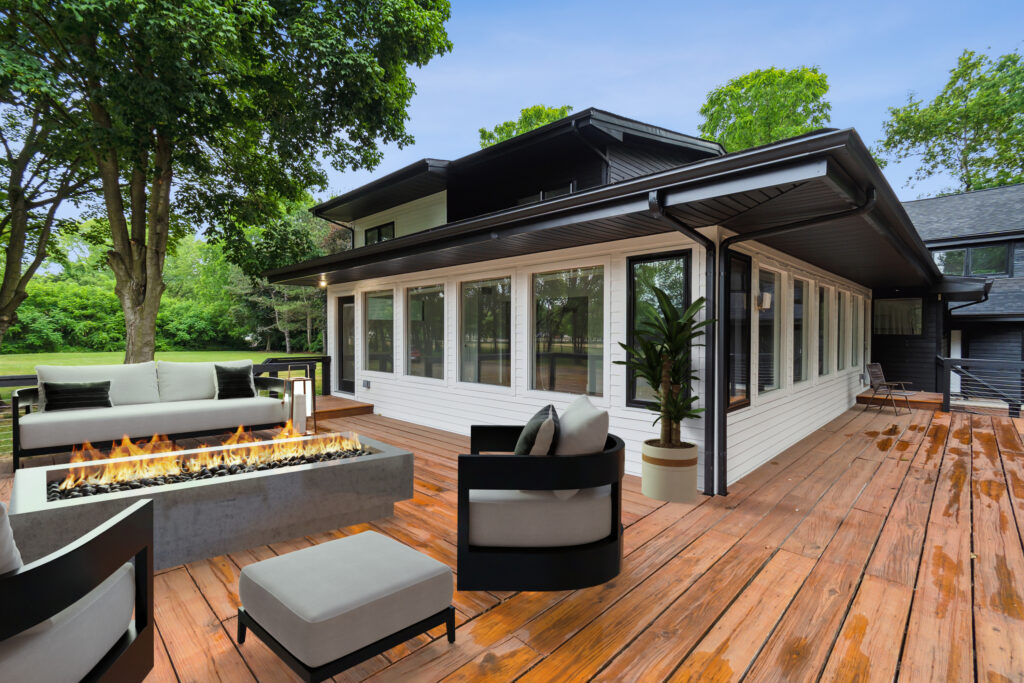
Virtual staging has become an increasingly popular tool for new construction sales, but like any new technology, there can be challenges to overcome.
Here are some potential obstacles and ways to overcome them:
- Limited inventory. One challenge with virtual staging is having access to enough furniture and decor options to create a variety of virtual designs. This can be overcome by partnering with a virtual staging provider that offers a wide range of inventory.
- Unrealistic expectations. It’s important to set realistic expectations with buyers when using virtual staging. While it can help them envision the potential of a space, every buyer experience is different. It’s important to remind them that the final product may look slightly different.
- Technology issues. Virtual staging relies heavily on technology, and technical issues can arise. Make sure you have a reliable platform and that you test everything before presenting it to buyers.
- Communication. Effective communication with buyers is key to using virtual staging successfully. Make sure you explain the process clearly, answer any questions they may have, and follow up with them throughout the sales process.
By addressing these potential challenges, you can use virtual staging to enhance the new construction sales experience and give buyers a realistic vision of the potential of their new home.
Best Practices for Using Virtual Staging in New Construction
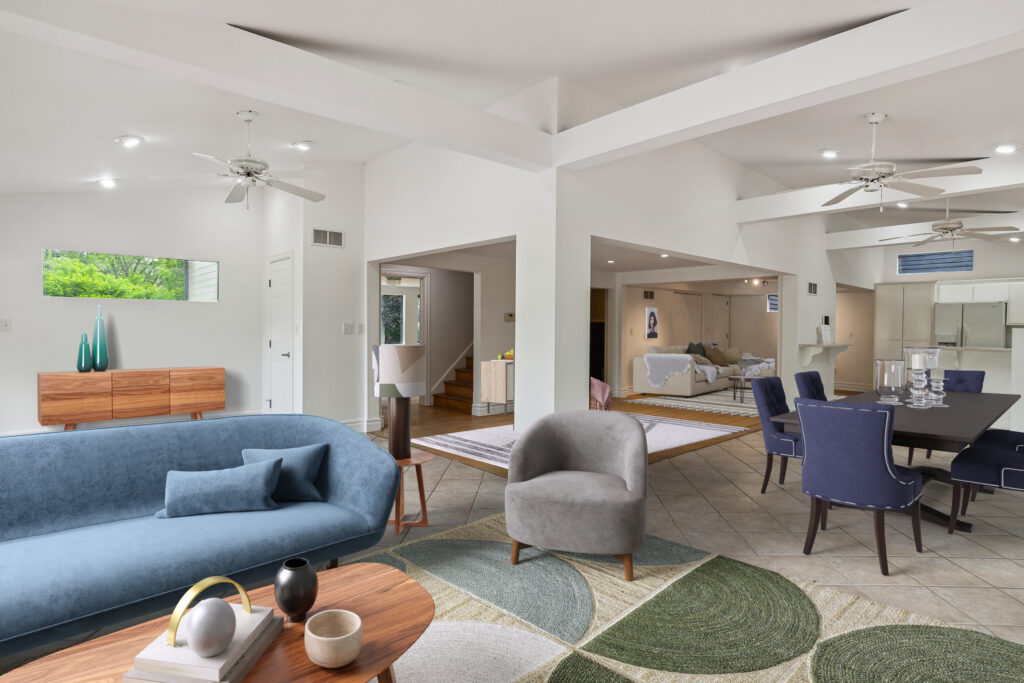
Virtual staging is an excellent way to showcase the potential of new construction homes to prospective buyers.
Here are some best practices to ensure that your virtual staging efforts are successful:
- Highlight Key Features. One of the primary advantages of virtual staging is the ability to highlight the best features of a new construction home. When choosing the furnishings and decor, make sure they accentuate the key features of each room, such as large windows, unique architecture, or high ceilings.
- Keep it Realistic. While virtual staging can be an excellent way to showcase the potential of a new construction home, it’s important to keep it realistic. Don’t make the space look too perfect, as this can be off-putting to buyers. Instead, aim for a comfortable and lived-in look that shows how they can personalize the home.
- Provide Different Views. Offer different views of each room to provide a comprehensive look at the potential of the space. This could include views from multiple angles, such as different corners of the room or from the doorway. Providing different views will give buyers a better idea of the space’s layout and functionality.
- Use Virtual Staging as a Marketing Tool. Incorporate virtual staging into your marketing efforts to generate interest and drive traffic to the property. Share the virtual staging images on your website as well as social media pages to attract potential buyers and generate leads.
By following these best practices, you can use virtual staging to effectively showcase new construction homes and better buyer experience.
Ready to sell your property? Give us a call today and learn more about our professional photography services that can boost your property listing!
Plus, explore our virtual assistant coaching program to level up your business. Don’t forget to tune into our new podcast for even more valuable insights!
